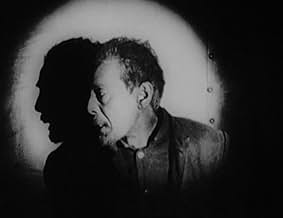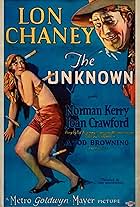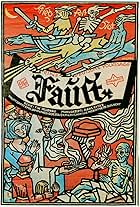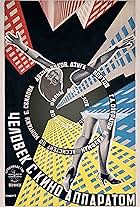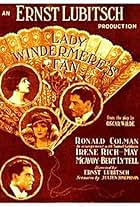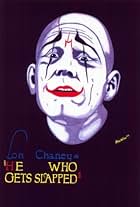IMDb RATING
7.3/10
4.8K
YOUR RATING
A man takes a job at an asylum with hopes of freeing his imprisoned wife.A man takes a job at an asylum with hopes of freeing his imprisoned wife.A man takes a job at an asylum with hopes of freeing his imprisoned wife.
Storyline
Did you know
- TriviaThis film was deemed lost for more than forty years, but it was rediscovered by its director, Teinosuke Kinugasa, in a rice cans in 1971.
- Alternate versionsReissued in Japan in 1973 with musical score replacing original benshi.
- ConnectionsFeatured in The Story of Film: An Odyssey: The Golden Age of World Cinema (2011)
Featured review
...from director Teinosuke Kinugasa. A man (Masuo Inoue) works as a janitor at a mental asylum in order to be near his wife (Yoshie Nakagawa), who is a patient. The man's daughter (Ayako Iijima) is to be married soon, and questions of attendance are making things difficult for the man.
This meager narrative provides the framework for a lot of flash-cut editing, strobing visual tricks, and experimental cinema. This isn't interesting as a traditional story (at least, not the existing version, which is said to be missing nearly a third of its original footage), but rather in depicting madness and inner turmoil in a visual fashion. Even the usual silent film intertitles are absent, rendering the film a purely visual experience. The score that was used on the version I watched seemed like it was suited for a late 1960s acid party. The original release was said to have had a narrator and traditional Japanese music accompaniment. What I saw was still an interesting viewing, much of it closer to experimental films from the 1960s than what I'm used to seeing from the 1920s.
This meager narrative provides the framework for a lot of flash-cut editing, strobing visual tricks, and experimental cinema. This isn't interesting as a traditional story (at least, not the existing version, which is said to be missing nearly a third of its original footage), but rather in depicting madness and inner turmoil in a visual fashion. Even the usual silent film intertitles are absent, rendering the film a purely visual experience. The score that was used on the version I watched seemed like it was suited for a late 1960s acid party. The original release was said to have had a narrator and traditional Japanese music accompaniment. What I saw was still an interesting viewing, much of it closer to experimental films from the 1960s than what I'm used to seeing from the 1920s.
- How long is A Page of Madness?Powered by Alexa
Details
Box office
- Budget
- ¥20,000 (estimated)
- Runtime1 hour 10 minutes
- Color
- Sound mix
- Aspect ratio
- 1.33 : 1
Contribute to this page
Suggest an edit or add missing content


